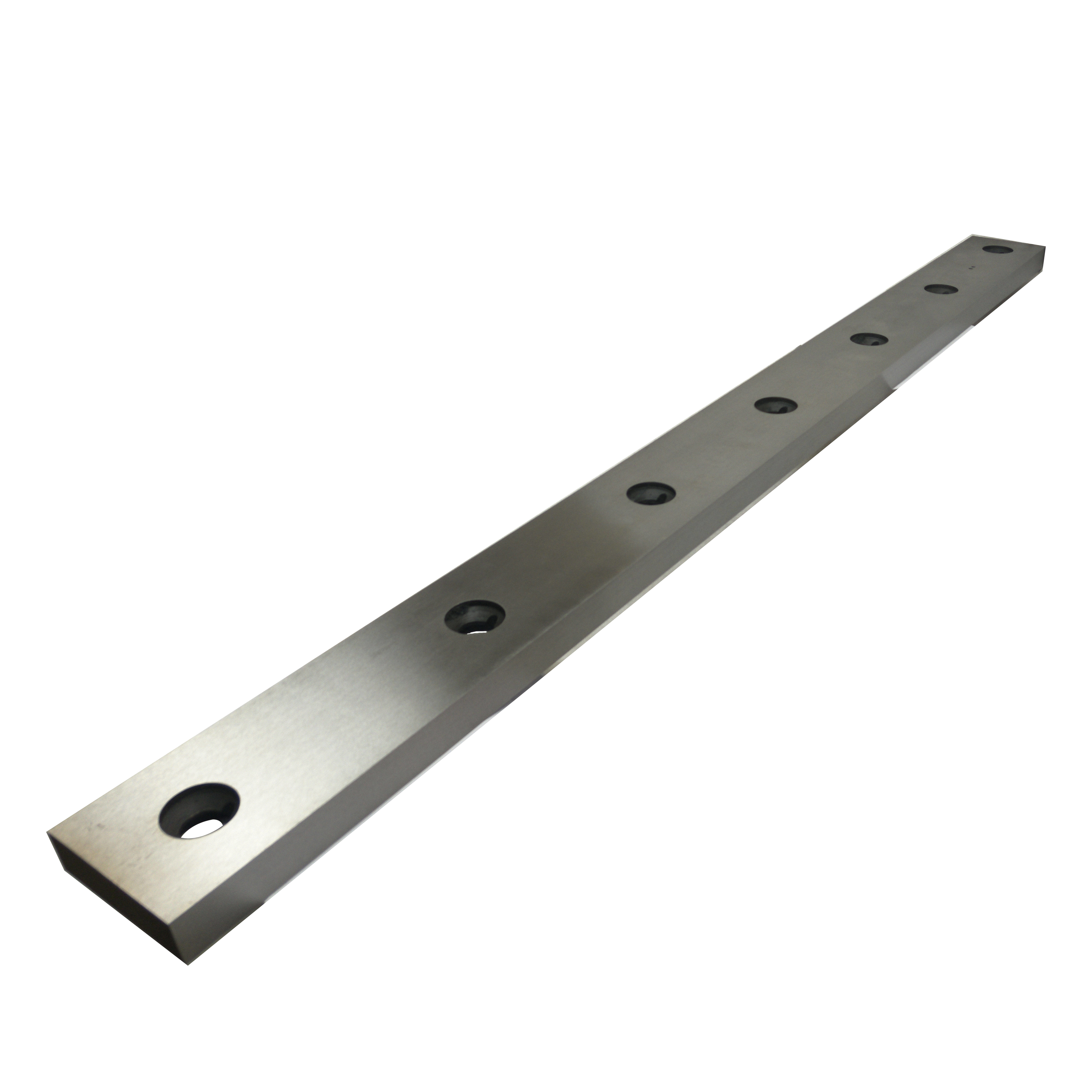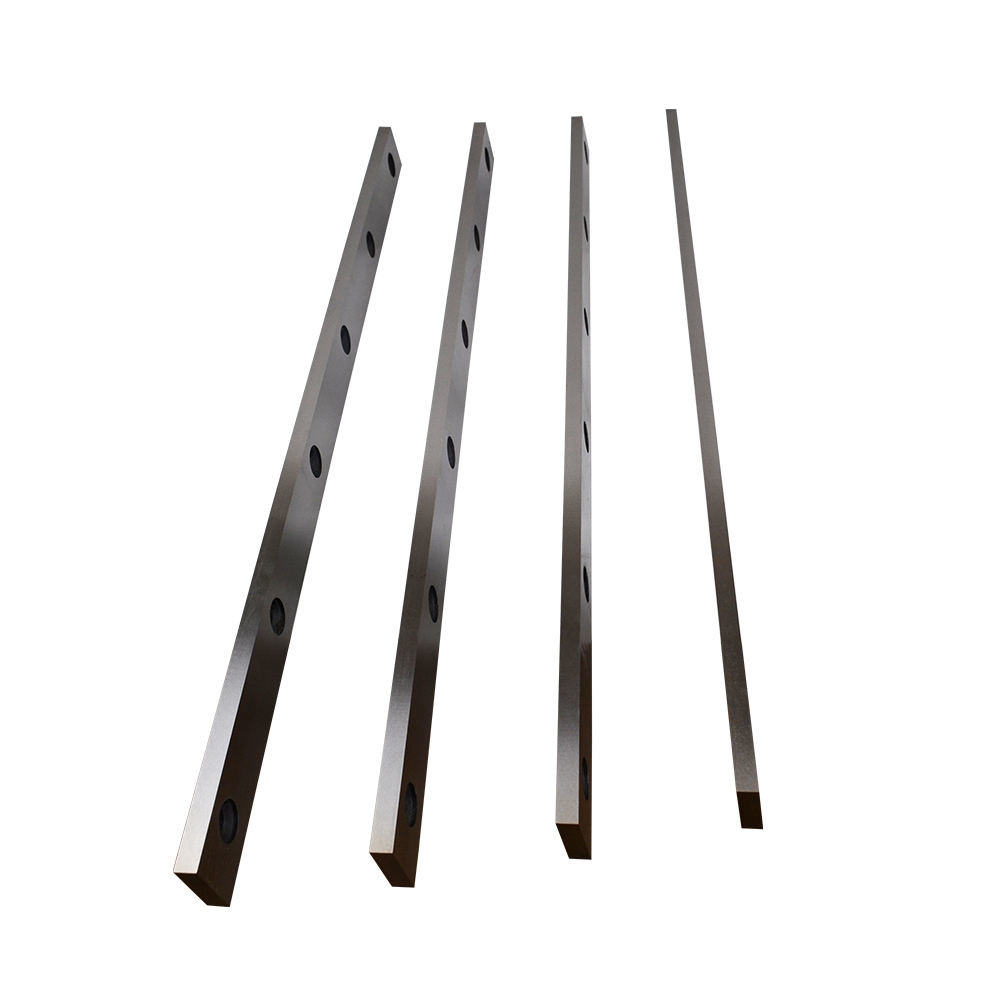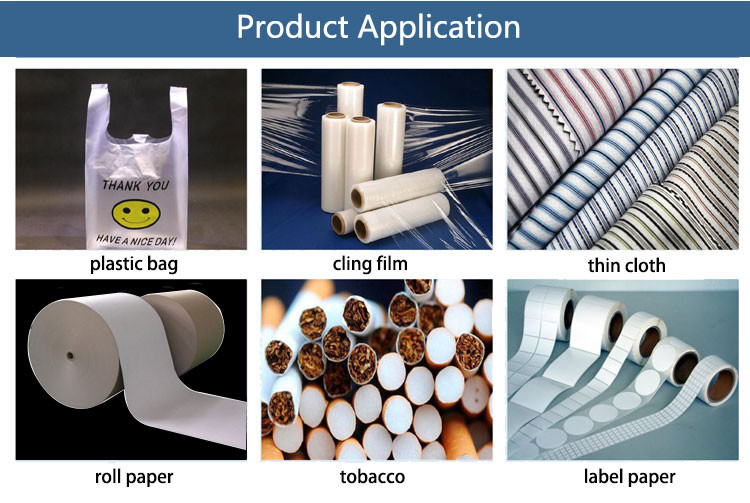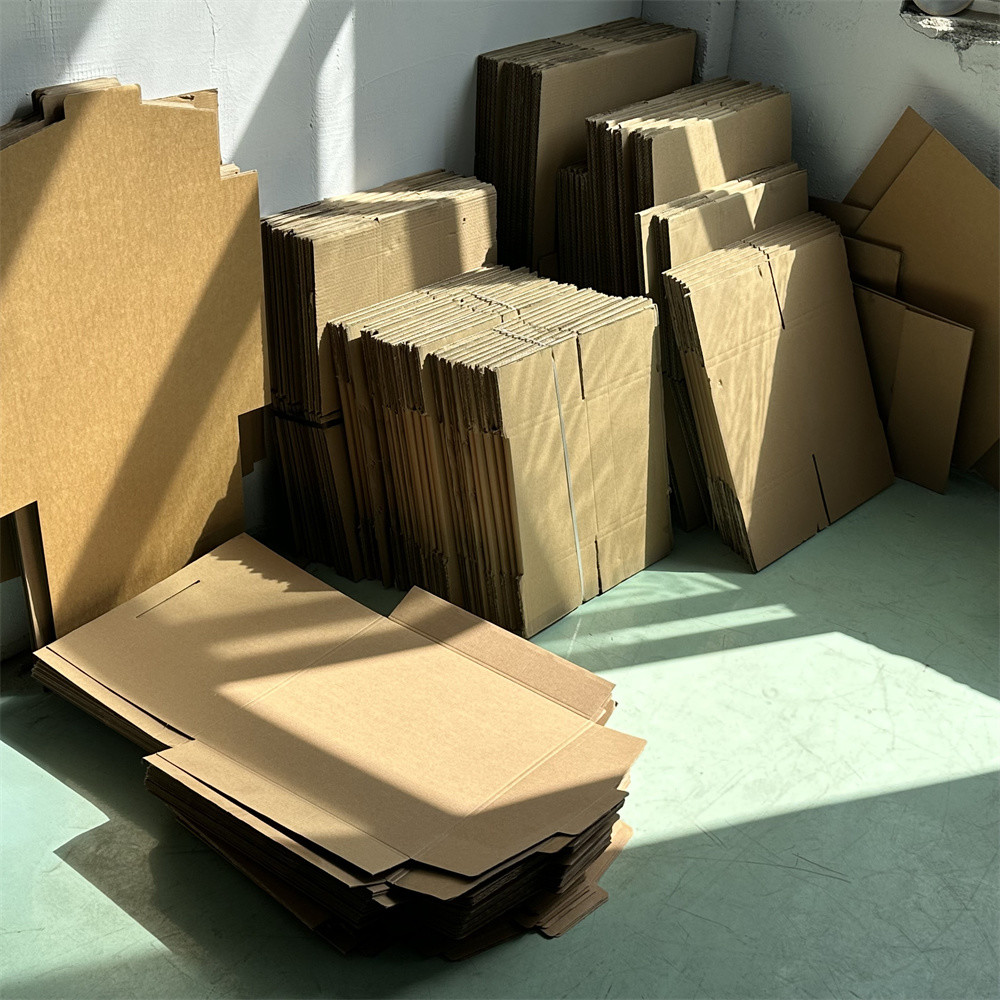| Sign In | Join Free | My frbiz.com |
|
| Sign In | Join Free | My frbiz.com |
|
| Categories | Paper Cutting Blade |
|---|---|
| Brand Name: | Seton |
| Model Number: | HSS |
| Certification: | CE ISO |
| Place of Origin: | China |
| MOQ: | MOQ 10 Pieces |
| Price: | Can be discussed |
| Payment Terms: | L/C, D/A, D/P, T/T, Western Union, MoneyGram |
| Supply Ability: | 500 Piece/Pieces per Day |
| Delivery Time: | 30 days |
| Packaging Details: | 1pc/wrapper, 100pcs/box, 100boxes/ctn,Wooden and carbon boxes |
| Product name: | Slitting Cardboard Blade For Paper Cutting |
| Material: | HSS |
| OD: | 135mm |
| ID: | 65mm |
| Thickness: | 15mm |
| Precision: | ±0.05mm |
| Hardness: | HRC 62-76 |
| Application: | Paper cutting |
| Company Info. |
| Jiangsu Seton Industrial Technology Co,.Ltd |
| Verified Supplier |
| View Contact Details |
| Product List |
HSS 135*65*15Mm Slitting Cardboard Blade For Paper Cutting
Description:
The structural design of circular paper cutting blades is crucial in determining their performance and suitability for various applications. Here are the key components and features of circular paper cutting blade construction:
1,Blade Material:
2,Blade Profile:
3,Blade Thickness:
4,Blade Diameter:
5,Blade Bore:
6,Blade Coatings:
7,Blade Sharpening:
Paper Cutting Blade Specifications:
| Product name | Slitting Cardboard Blade For Paper Cutting |
| Material | HSS |
| OD | 135mm |
| ID | 65mm |
| Thickness | 15mm |
| Precision | ±0.05mm |
| Hardness | HRC 62-76 |
| Application | Paper cutting |
Proper maintenance and care of circular paper cutting blades is essential to ensure their long-term performance, cutting accuracy, and safety. Here are some key guidelines for the maintenance and care of circular paper cutting blades:
1,Cleaning and Inspection:
2,Lubrication:
3,Sharpening and Honing:
4,Proper Storage:
5,Replacement:
6,Safety Precautions:
Picture:


Applications:

Packing & Delivery:


|